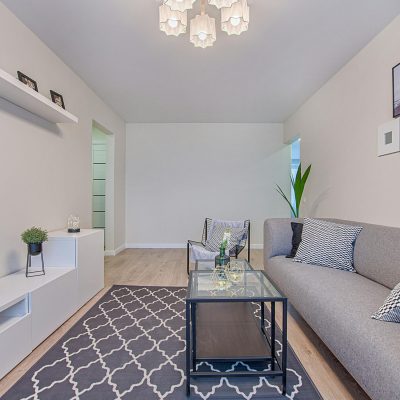First-time dog owner guide

If you’ve finally made the decision to get your first pet dog, congratulations! Dogs have long been considered man’s best friend and they make for great and loyal companions. With proper introductions, your new dog will quickly and seamlessly be absorbed into your family.
If you are looking for advice on whether to get a puppy or adult dog, the best place to get your puppy or dog, the importance of socialisation, or even tips on how to choose your pet’s name, we’ve got you covered. However, in this article, we will simply be looking at all the things you need to have in place and what preparations you need to make before bringing your new dog home. See here for dog kennels.
Items to get for your new puppy or dog:
- Food bowl
- Water bowl
- A comfortable bed
- Toys for teething
- Toys for playing
- Toys for minimizing anxiety
- A lead. A standard lead will help in teaching your new dog to walk obediently next to you
- A harness. It is advisable to connect the lead to a harness to minimize pressure on the neck should they pull. But ensure that the harness doesn’t restrict their movement – it should allow them to run and walk naturally and comfortably.
- A plain-buckle collar with your details on it. You are legally required to have this in the UK.
Finding a dog training class
Attending professional dog training classes offers an excellent way to build your relationship with your dog in a safe and structured setting with the guidance of an expert. Instead of just training at home, we highly recommend going to a class since an expert trainer will be able to provide you with hints and tips on how best to train your dog, and also offer important advice that you might not have considered.
Before booking, consider going along to a class (without your dog) and just watch to get a feel of what it’s like. Here’s what you should expect from a good class:
- A friendly trainer who is readily willing to help the dogs and their owners
- A trainer who is able to effectively handle the number of dogs in the class
- A calm and relaxed atmosphere without overexcitement or excessive barking – a likely sign of stress
- Dogs playing in a controlled manner
- Positive and reward-based training techniques. Look out for classes where punishment or devices like chokes and electric collars are used.
Given the fact that there are no regulations for dog training classes, there is no clear standard for determining the quality of these classes. Blue Cross recommends that you strictly choose a class where the trainer uses modern science-based training techniques with a focus on rewarding dogs using food, praise and play for good behaviour and accomplishments instead of punishment for bad behaviour. Positive reinforcement is considered more powerful and effective than negative reinforcement. Your dog will be much more likely to repeat good actions when it understands that it’s done something good judging from your positive reaction. Rewarding your dog is also one of the best ways to build their trust in you and improve their confidence.
You should avoid trainers who make use of aversive training equipment like choke and pinch collars or less than ideal techniques such as forcefully pushing a dog into a sit or physically manipulating them into a certain position. These methods of training are often stressful to dogs and may even cause pain and discomfort.
To find a good trainer in your local area, consider performing a search on Google.







